The Porsche Cayman GT4 has already left an indelible mark on our motoring year.
We’ve weighed it, measured it, done road and track miles aplenty and, five-star road test verdict later, it’s by some way the best sub-£100,000 sports car we can think of. I’d say it goes into our annual Britain’s Best Driver’s Car test as odds-on favourite. And with that event imminent, there seems little point in lining up a couple of direct rivals and then waiting to clean the blood off the walls.
Instead, today’s exercise addresses bigger questions, about exactly how far this car’s greatness extends and how long it may linger in the memory. Having been the one we all want in 2015, will the GT4 still be talked about in the same way in 2025 or 2040? And should we dust off terms like ‘world-beater’, ‘giant-killer’ – ‘landmark,’ even?
Supplying some answers means reaching back a couple of decades and finding some sporting legends of universally acknowledged, game-changing stature. Probably with pop-up headlights and cassette players, too – on the very faint chance that you’re harbouring a copy of Brothers in Arms or Let’s Dance on tape.
The Honda NSX is in the news right now, with its maker on the cusp of introducing its US-made successor. But hybrid motors and all, the new Honda NSX will do exceptionally well to have a similar effect on the sports car world as the 1990 original. Pioneering aluminium construction principles, mould-breaking everyday usability, remarkable value for money and handling good enough to win back-to-back crowns in our Britain’s Best Driver’s Car test made the NSX an undisputed marvel of Japanese technical flair and ingenuity.
The one you’re looking at may be the best-kept example in the UK. It’s one of the last 3.2-litre manual examples to be registered in 2005, with just 25,000 miles under its wheels, and is owned and maintained by Honda UK.
Parts of the European car industry took a full decade to respond to the NSX. Ferrari’s particular reply was much anticipated, though, Maranello’s 328 and 348 both having been benchmarks for Honda. And so along came the F355 in 1994.
This was the first major Ferrari developed under Luca di Montezemolo’s auspices. It was arguably the start of a reputational recovery, after the low points of the 1980s, that has accelerated ceaselessly ever since, taking Ferrari to the brink of a public limited offering of shares lucrative enough to turn current boss Sergio Marchionne into the car business’s equivalent of Scrooge McDuck.

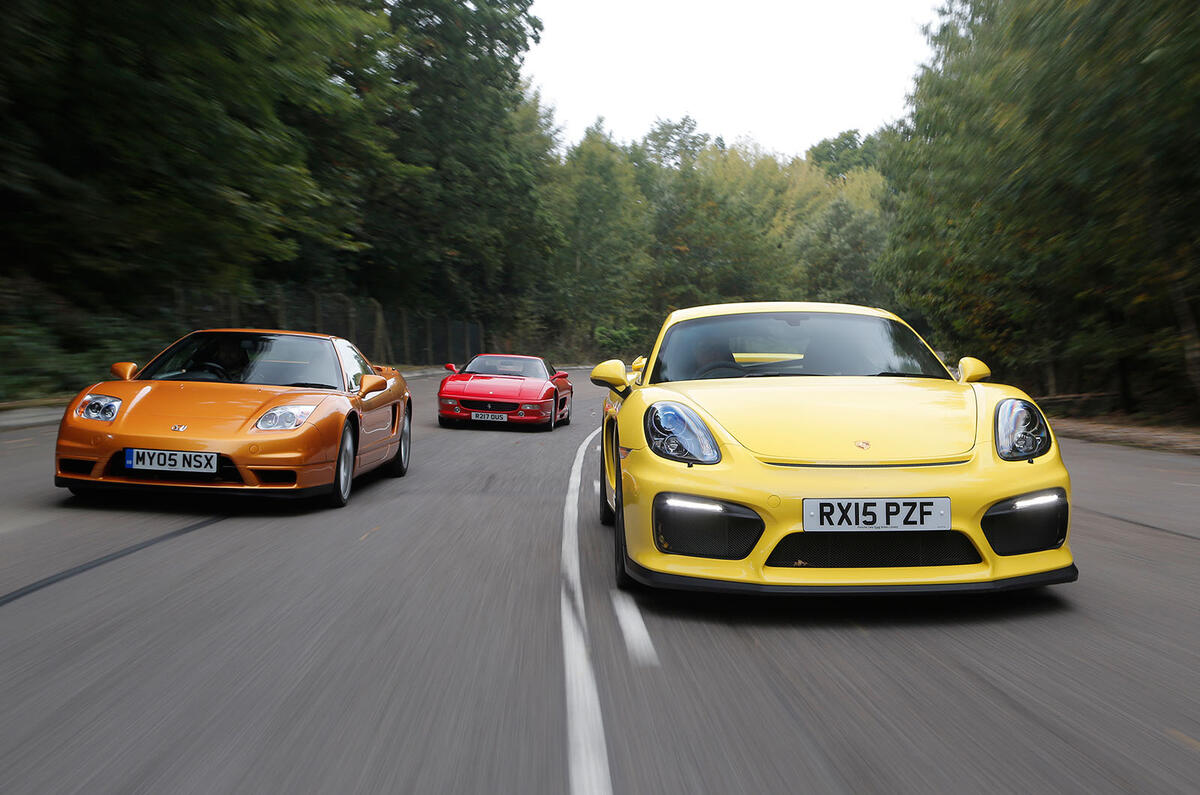

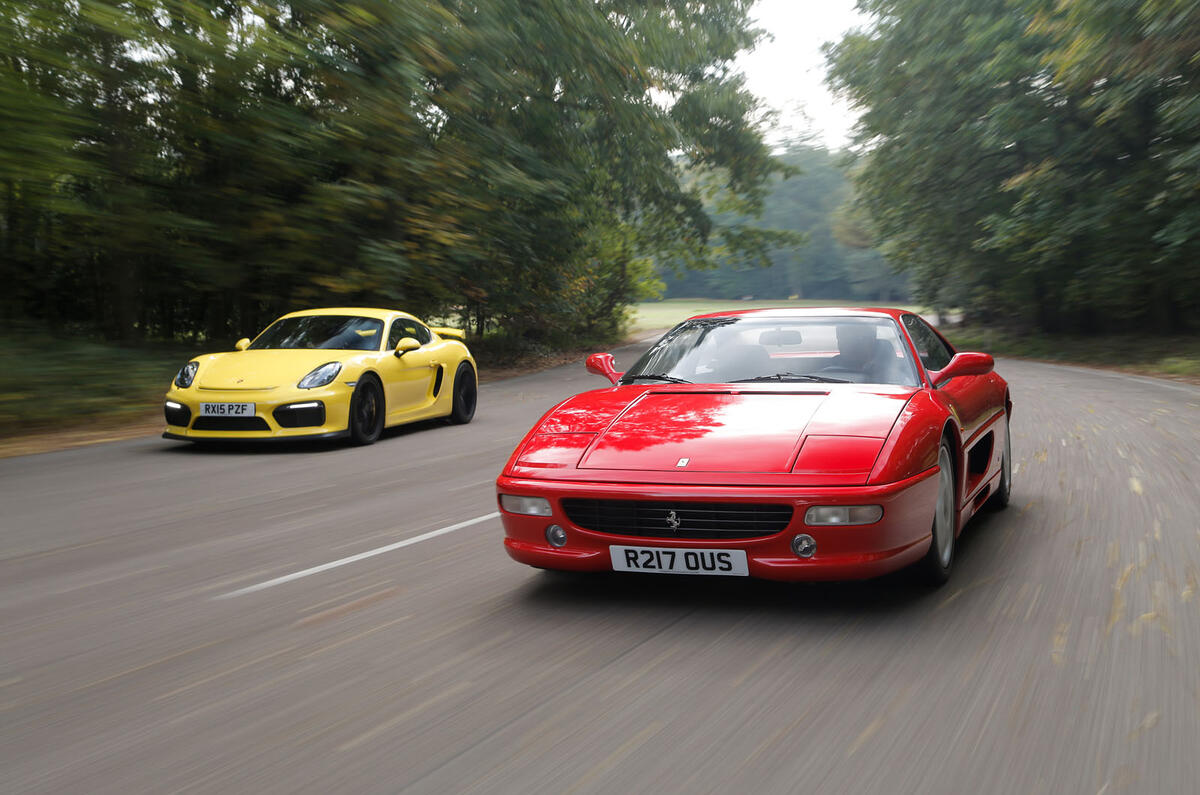
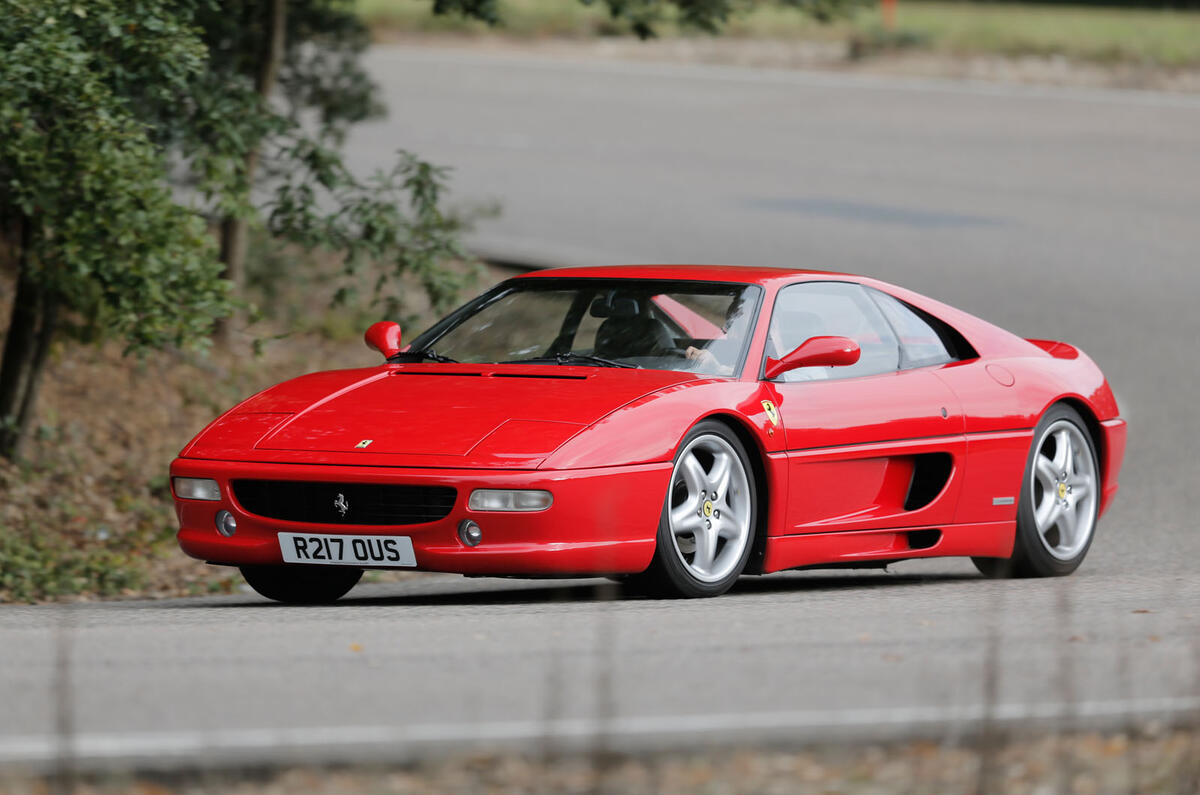

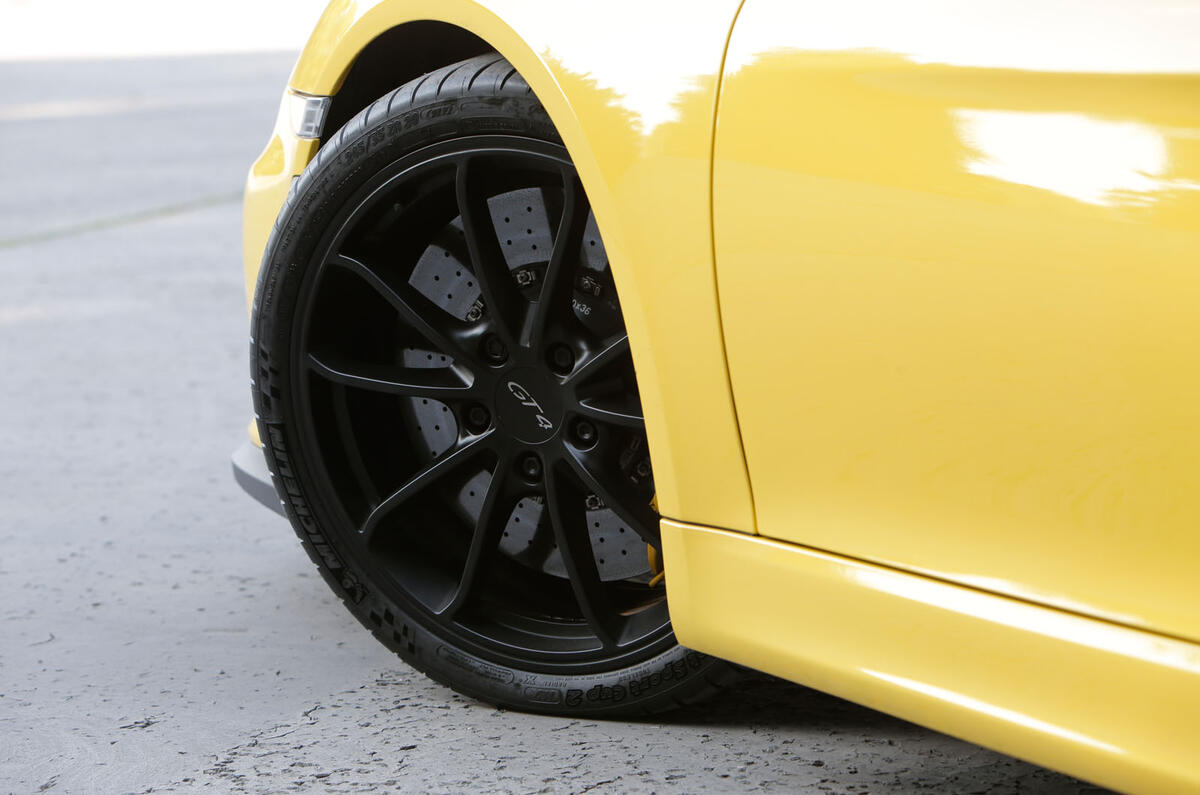
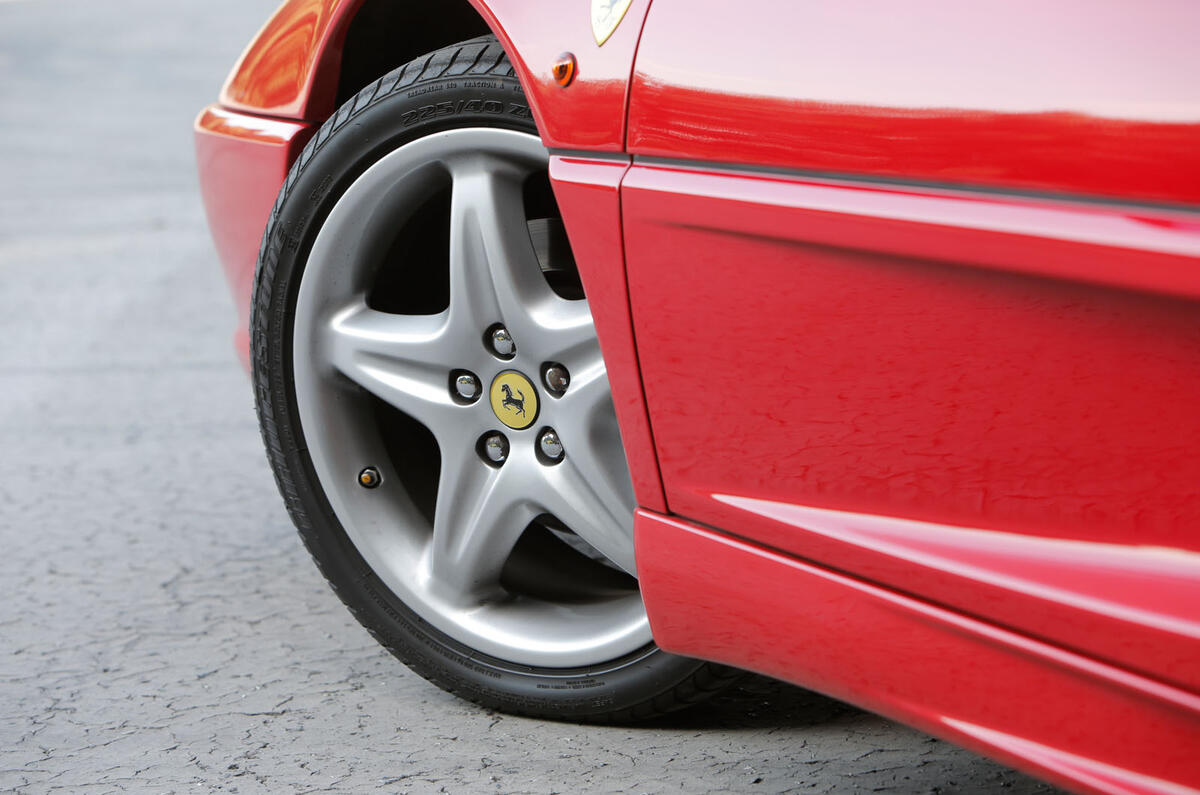

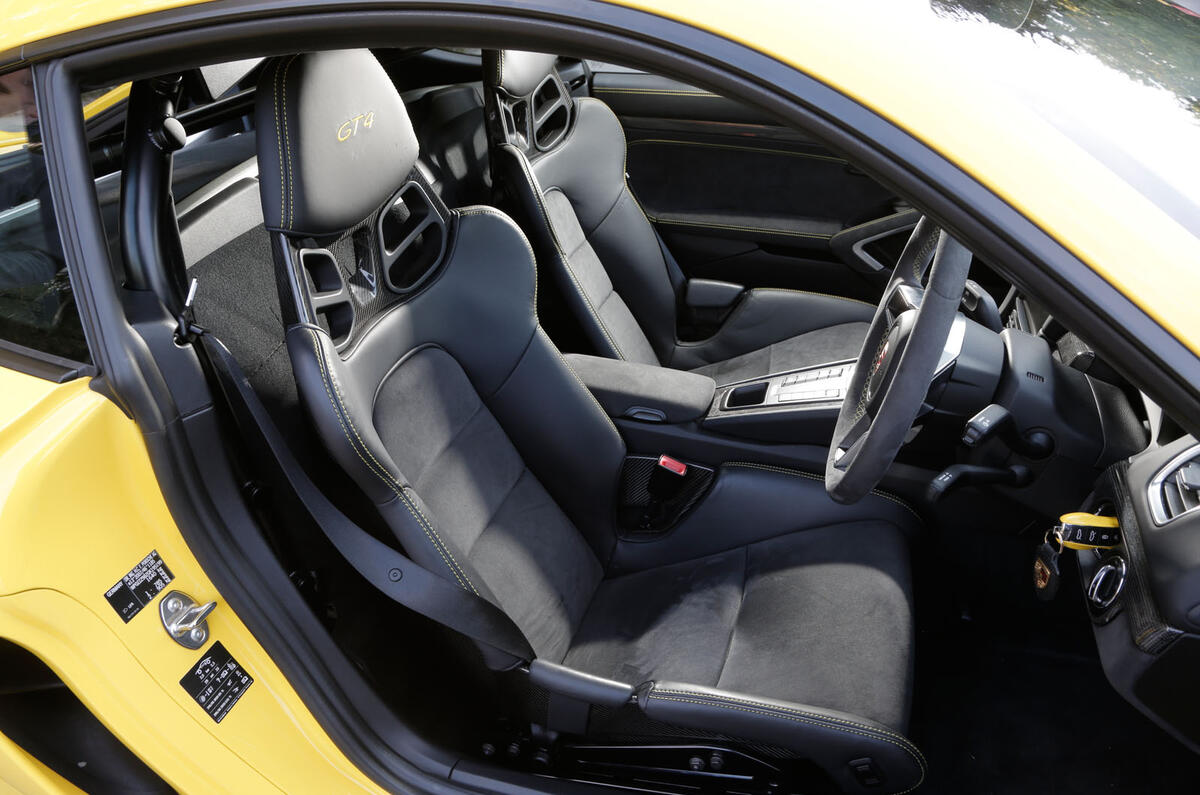

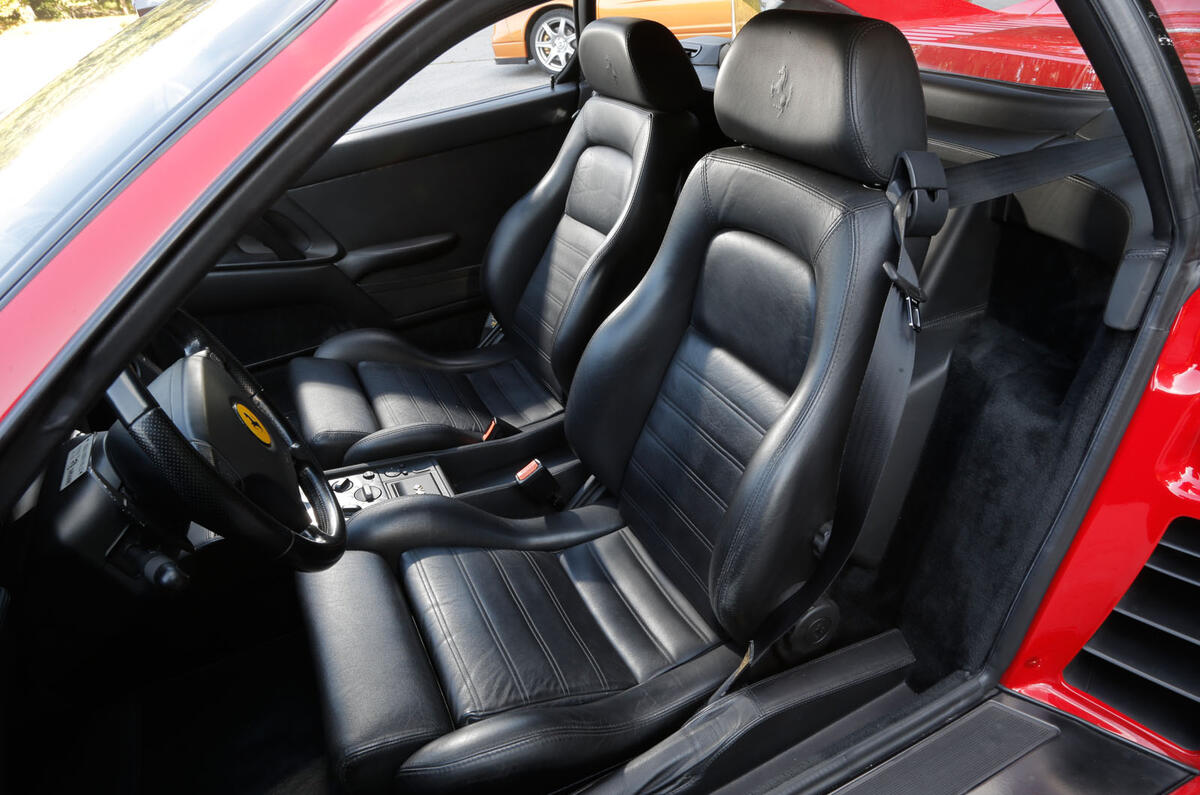

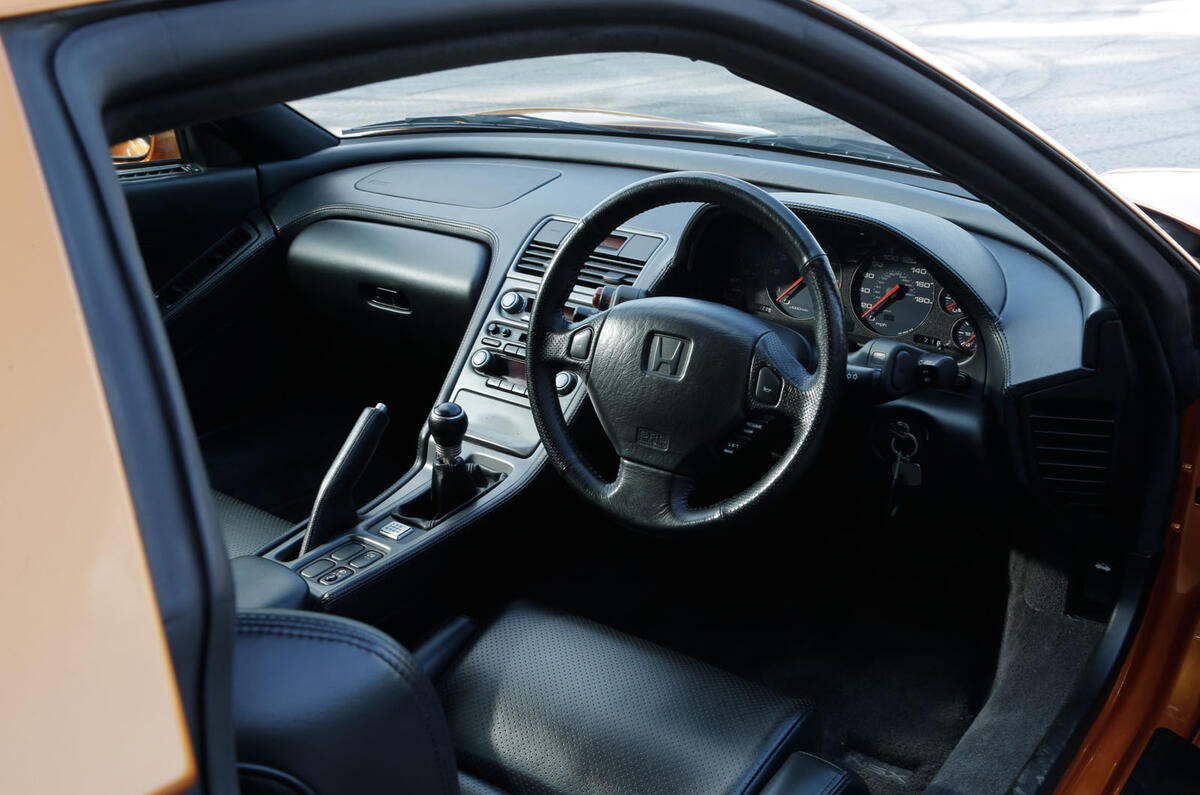
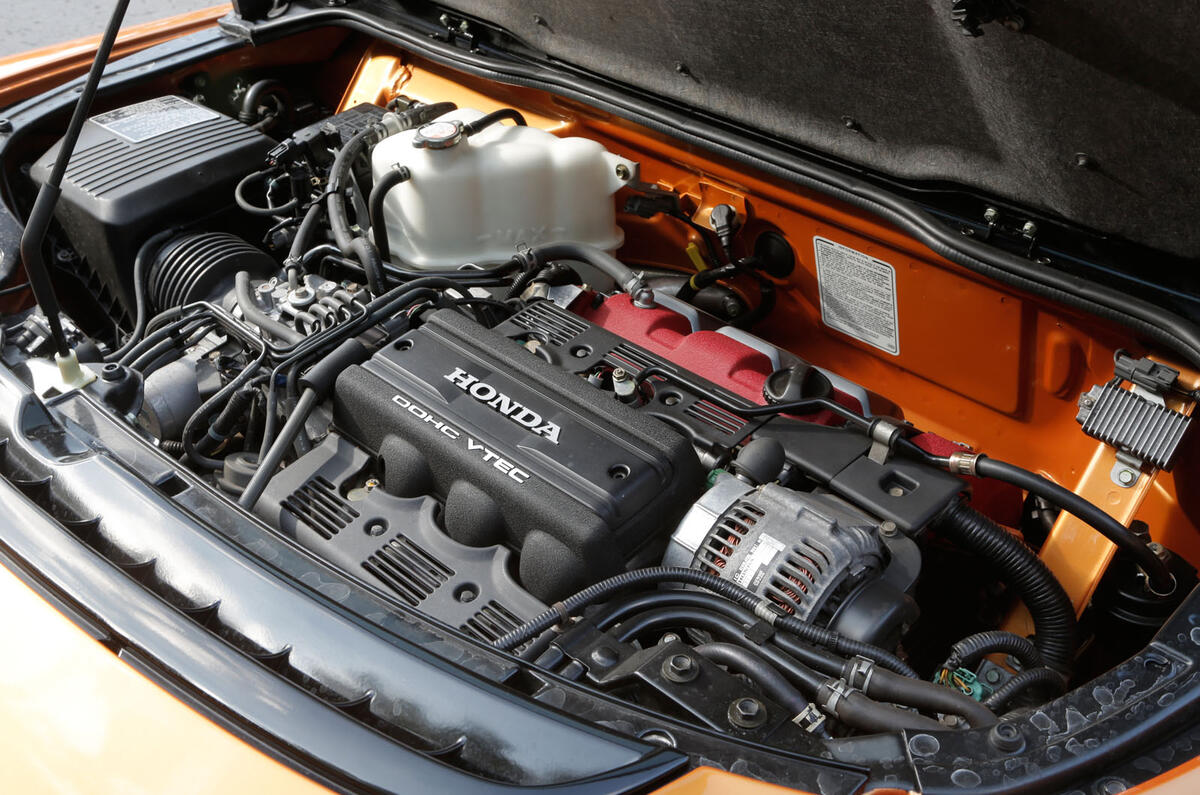
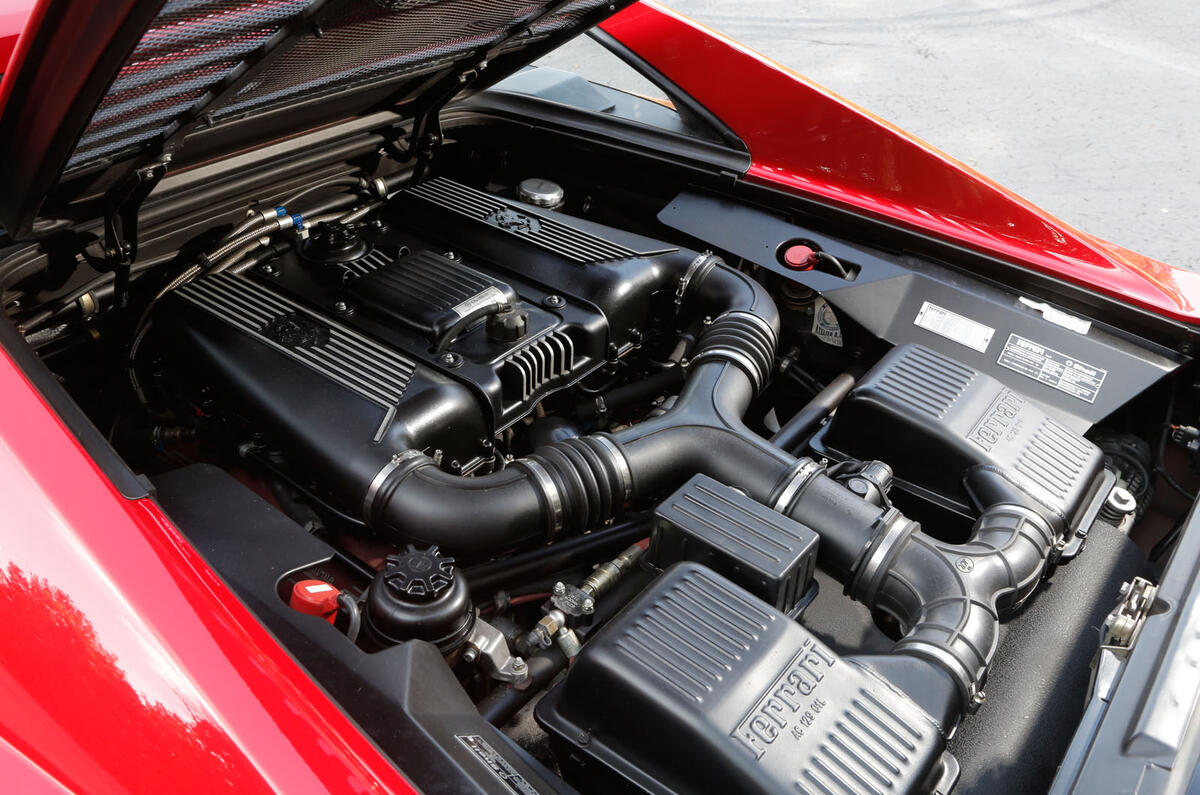
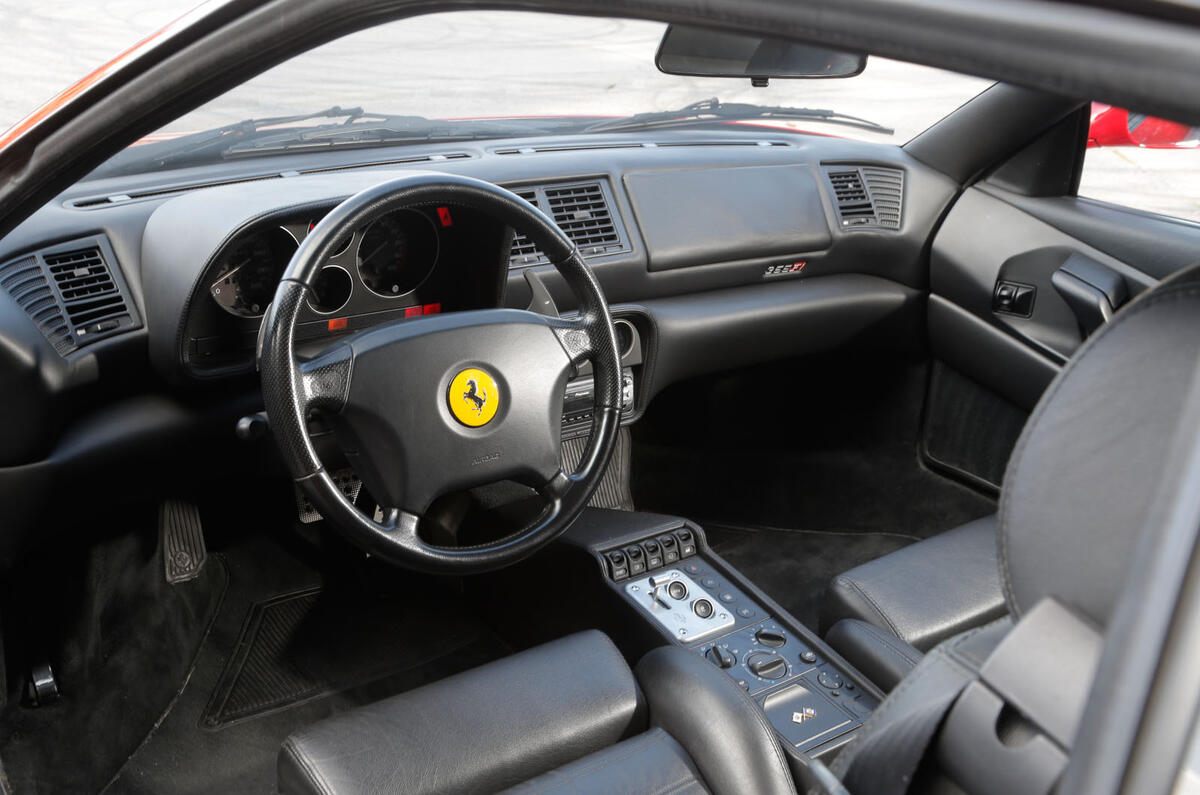

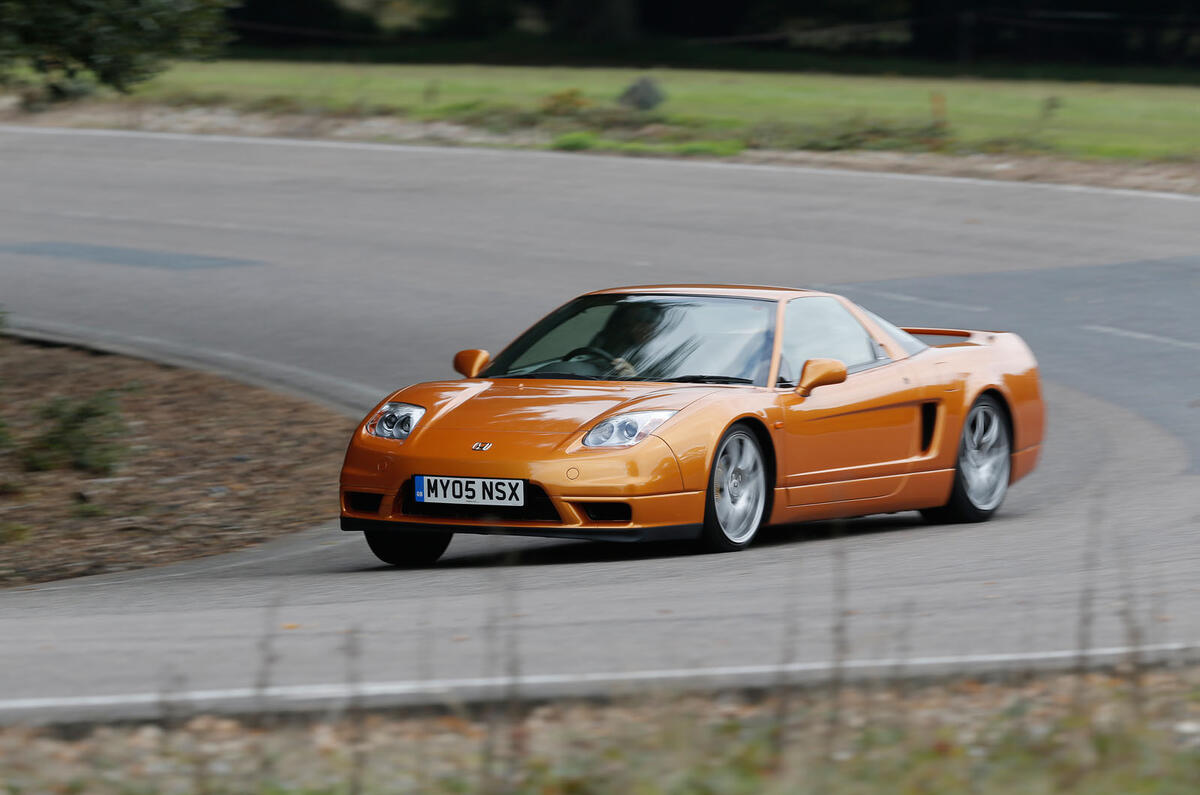
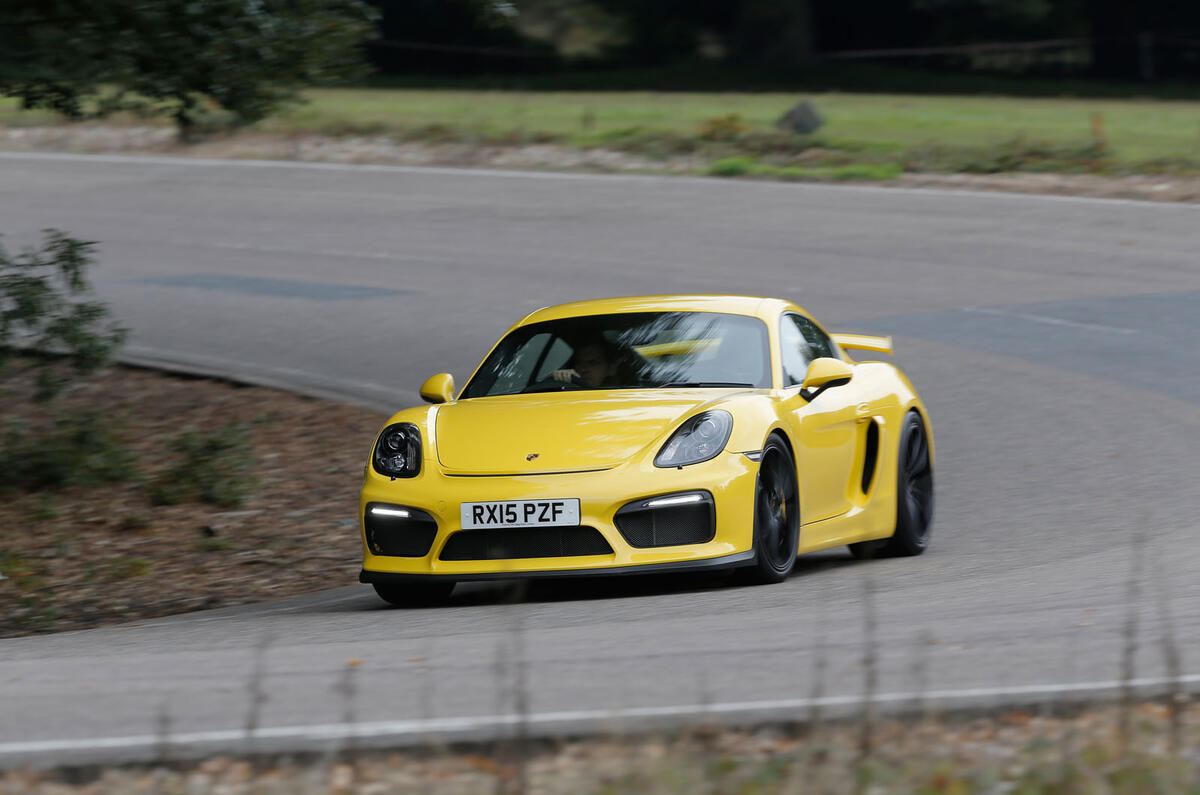
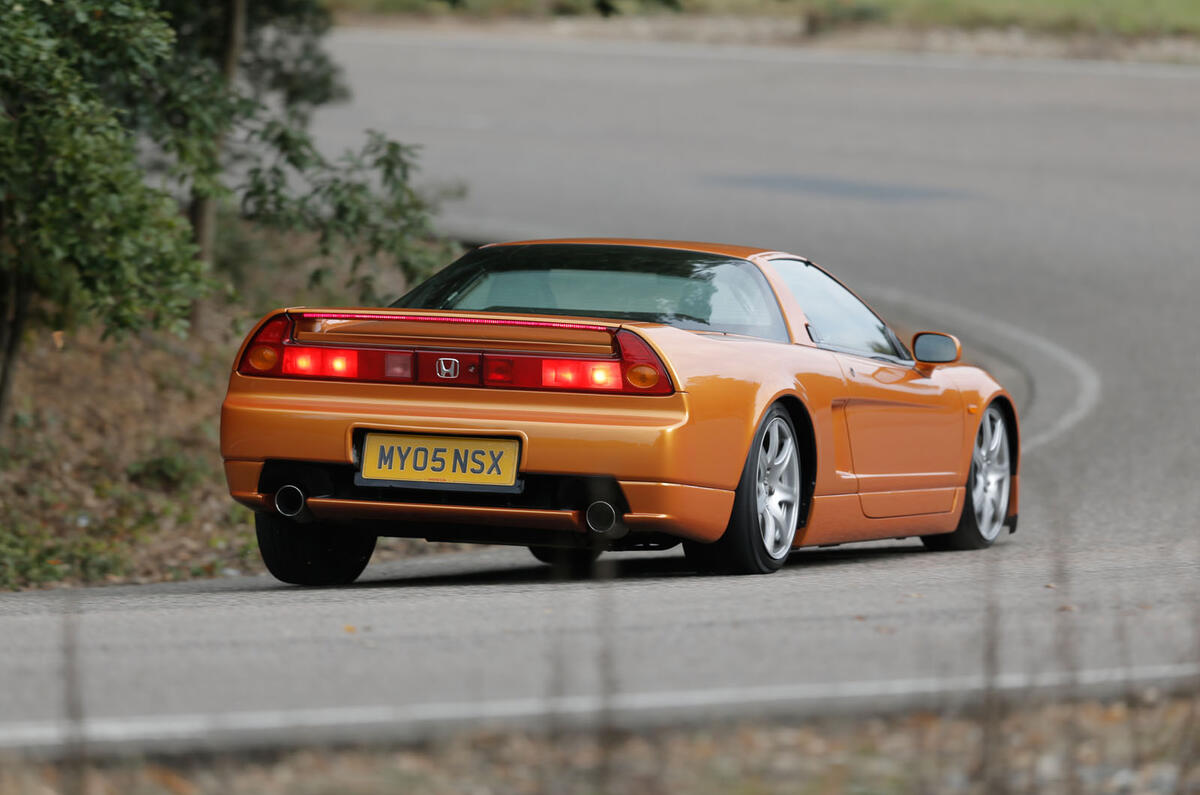
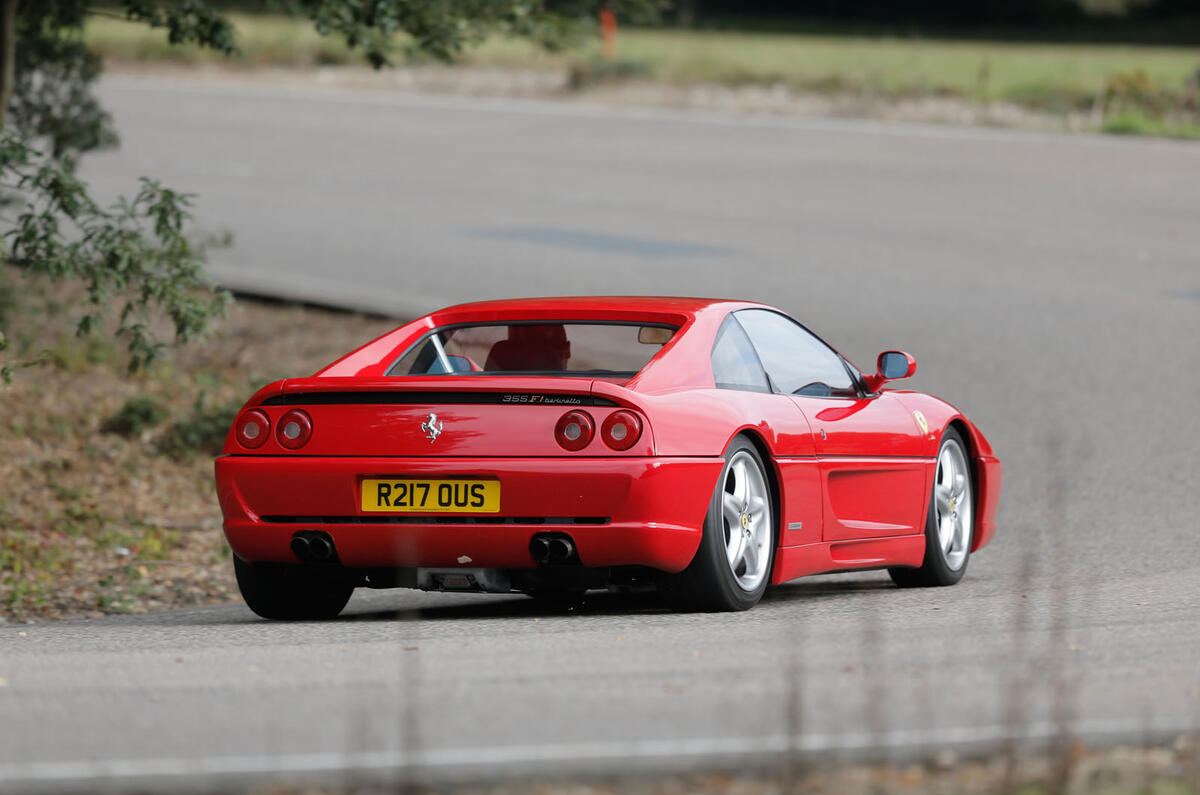
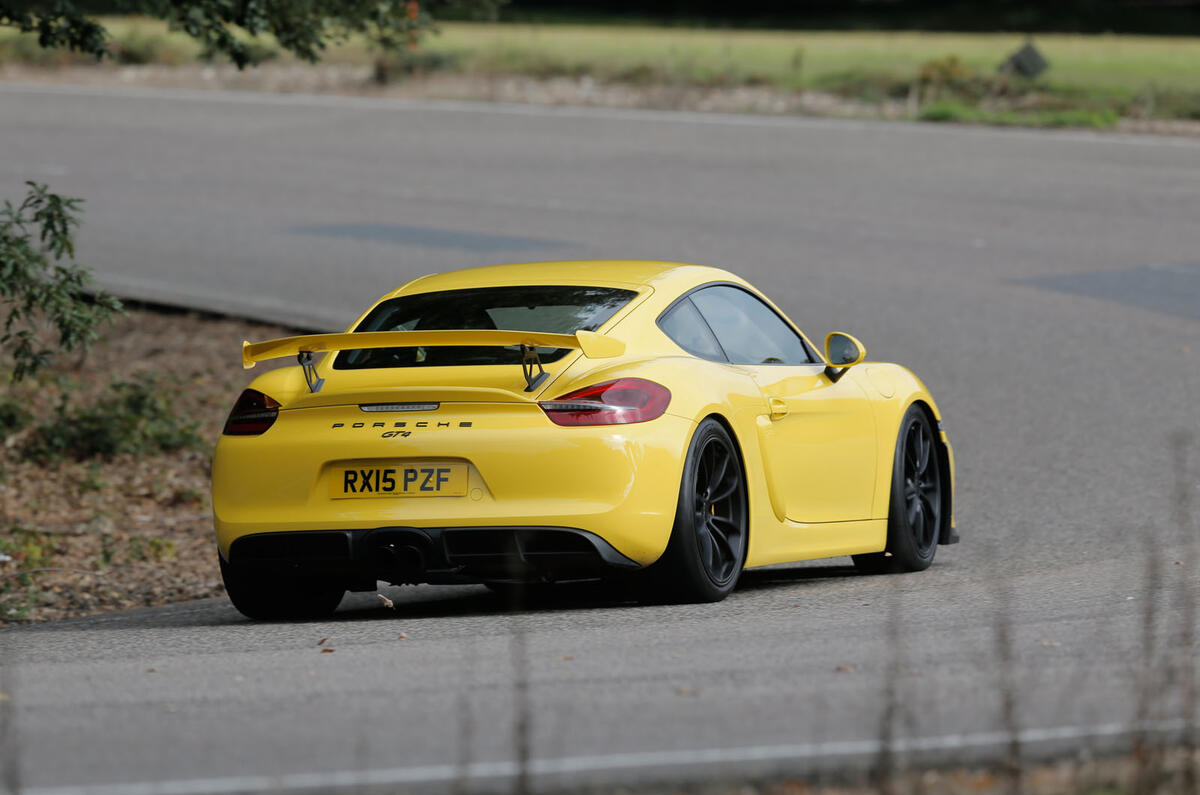

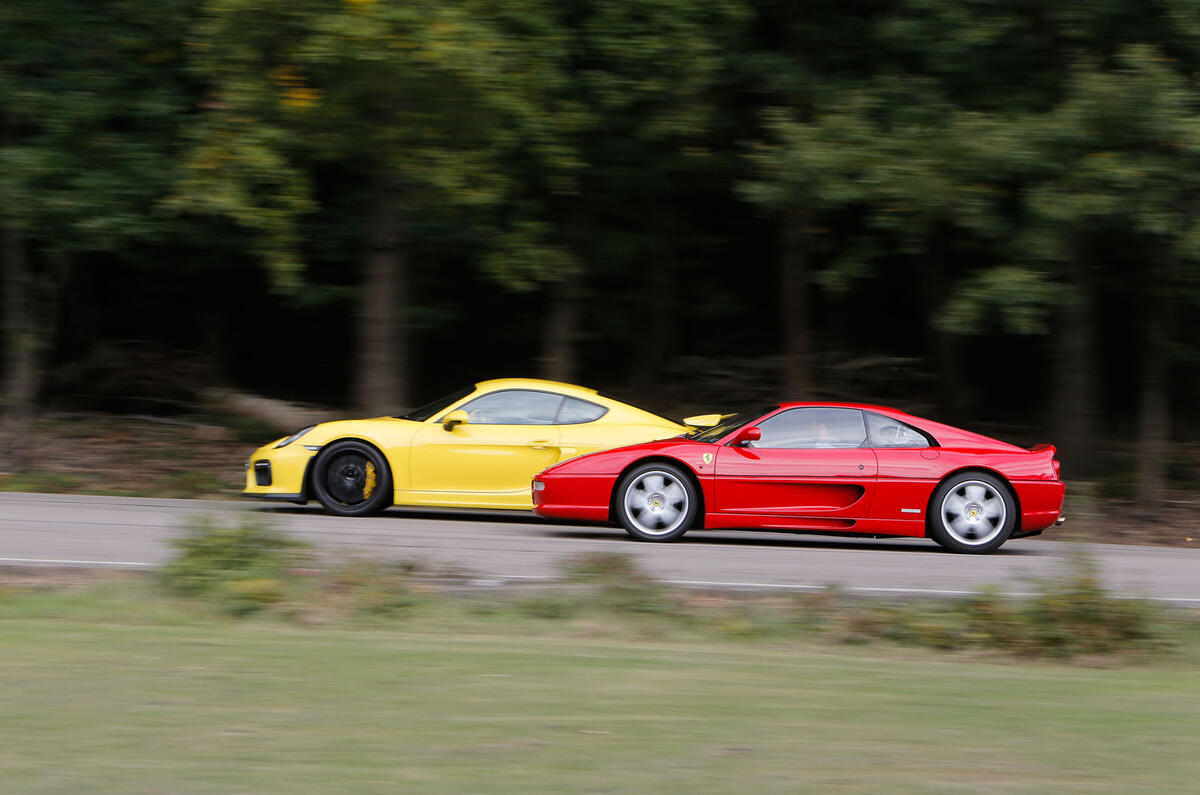
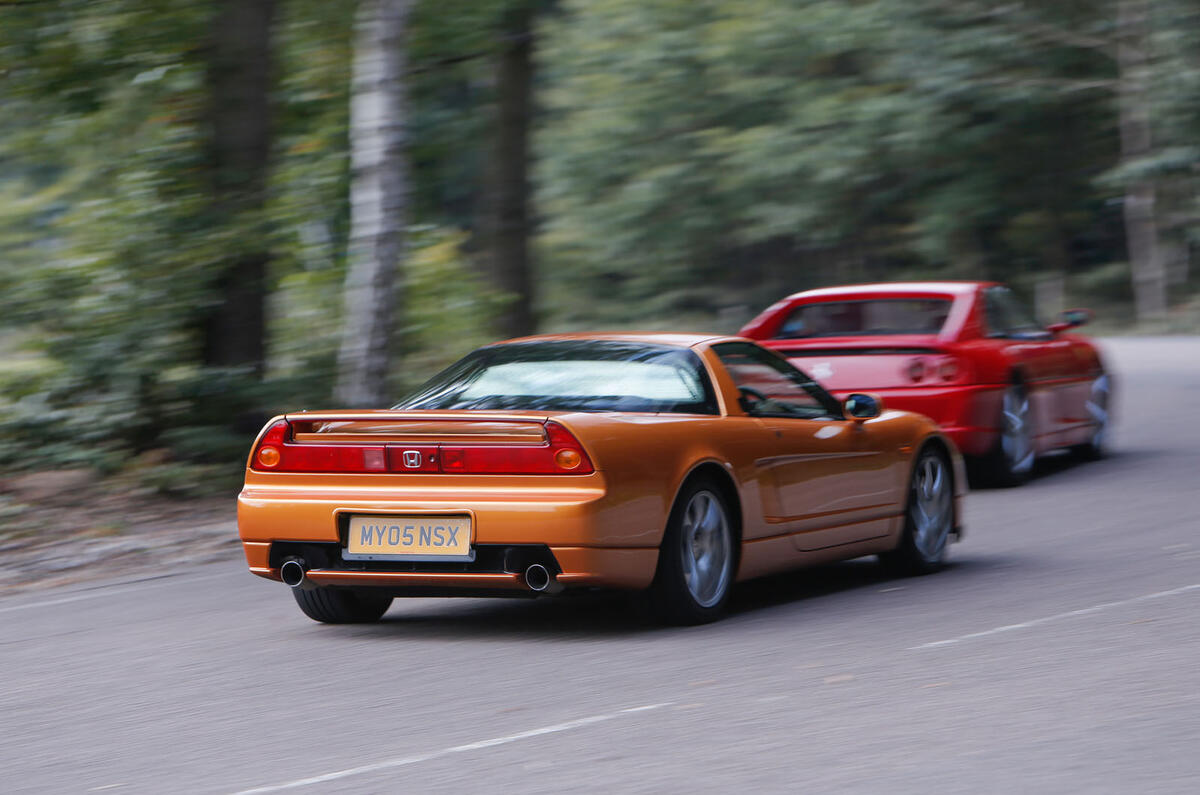
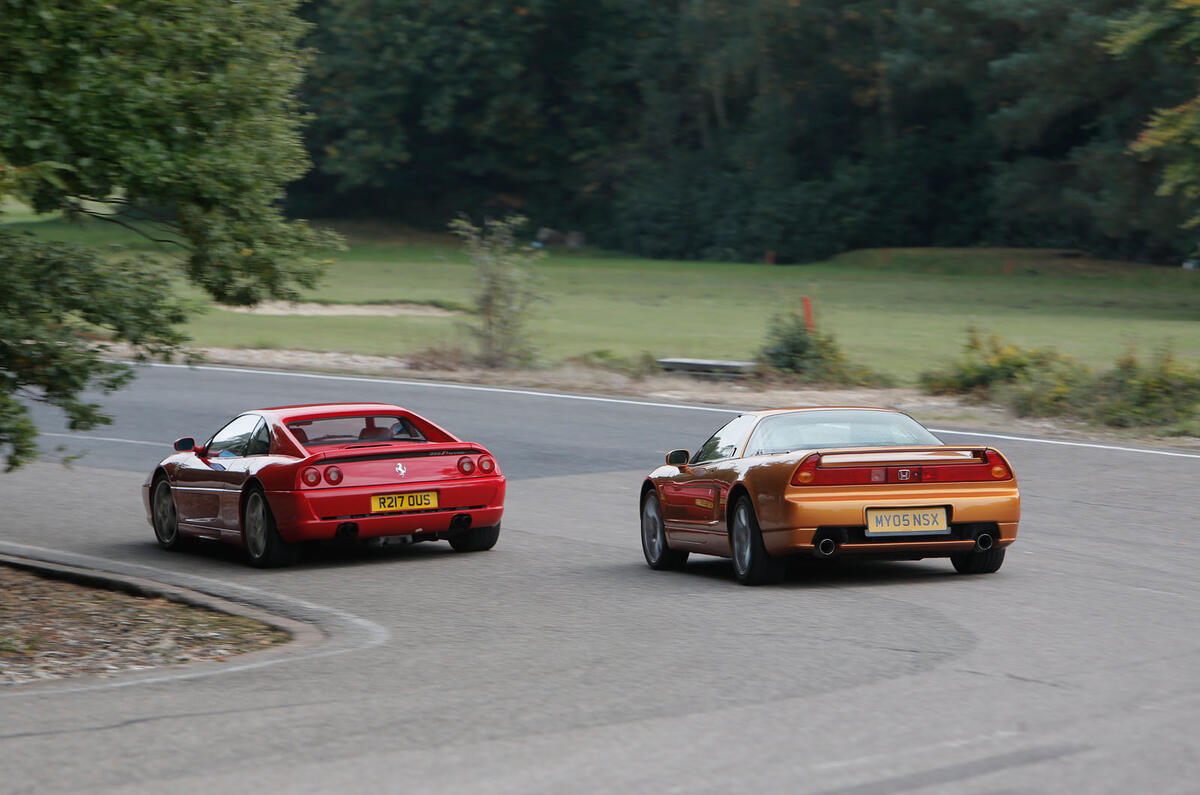
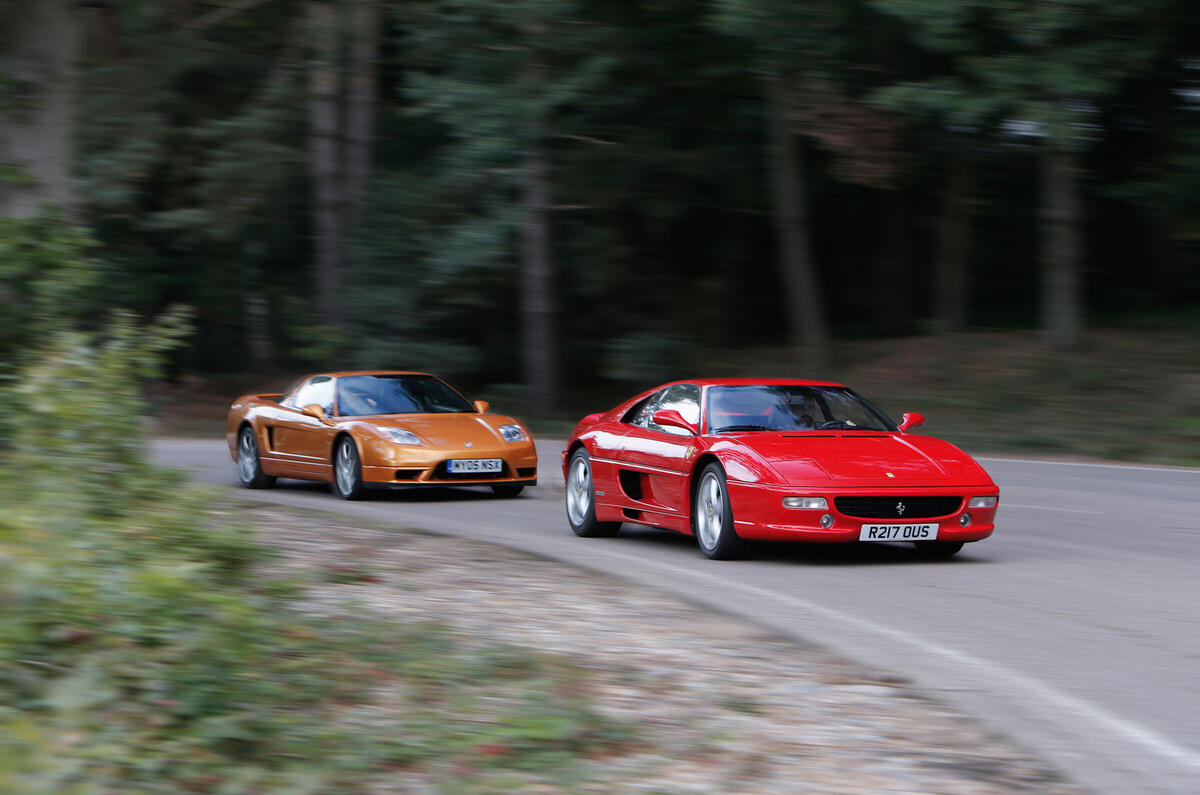








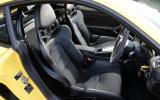
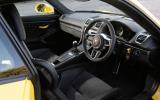
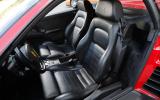
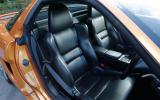

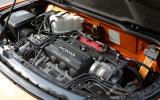
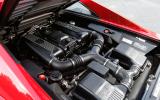
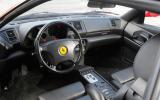



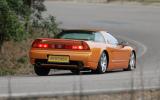



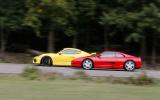




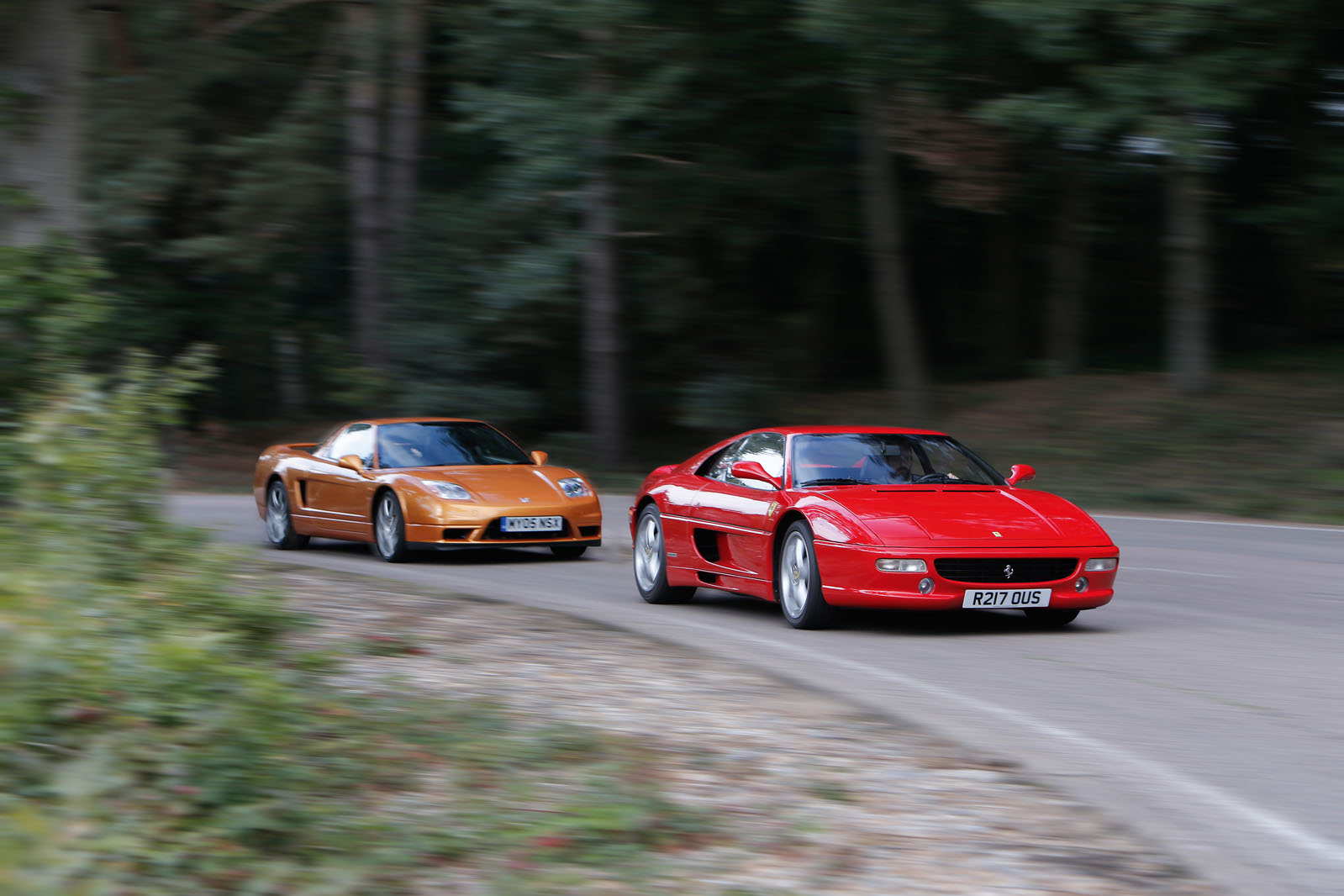
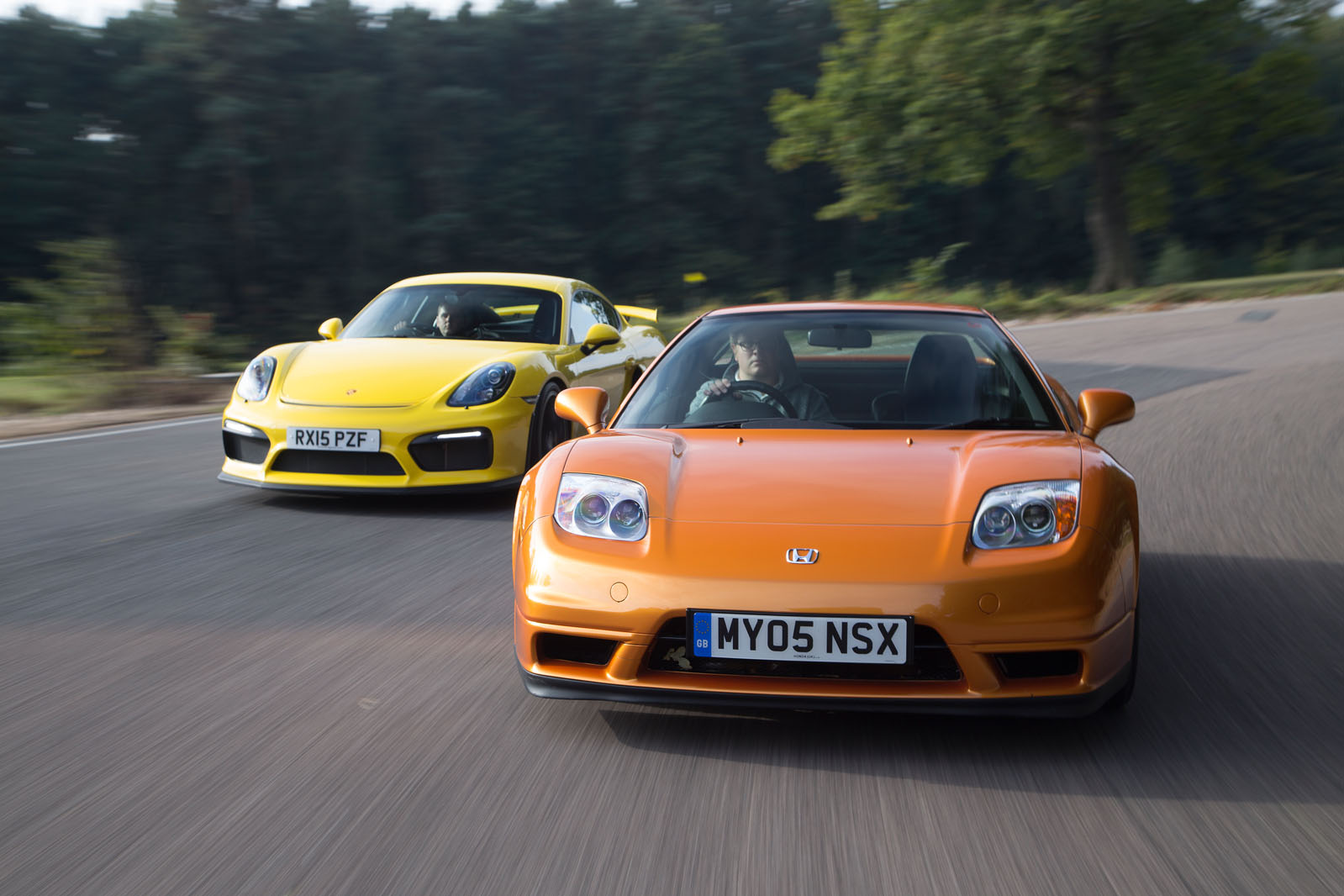
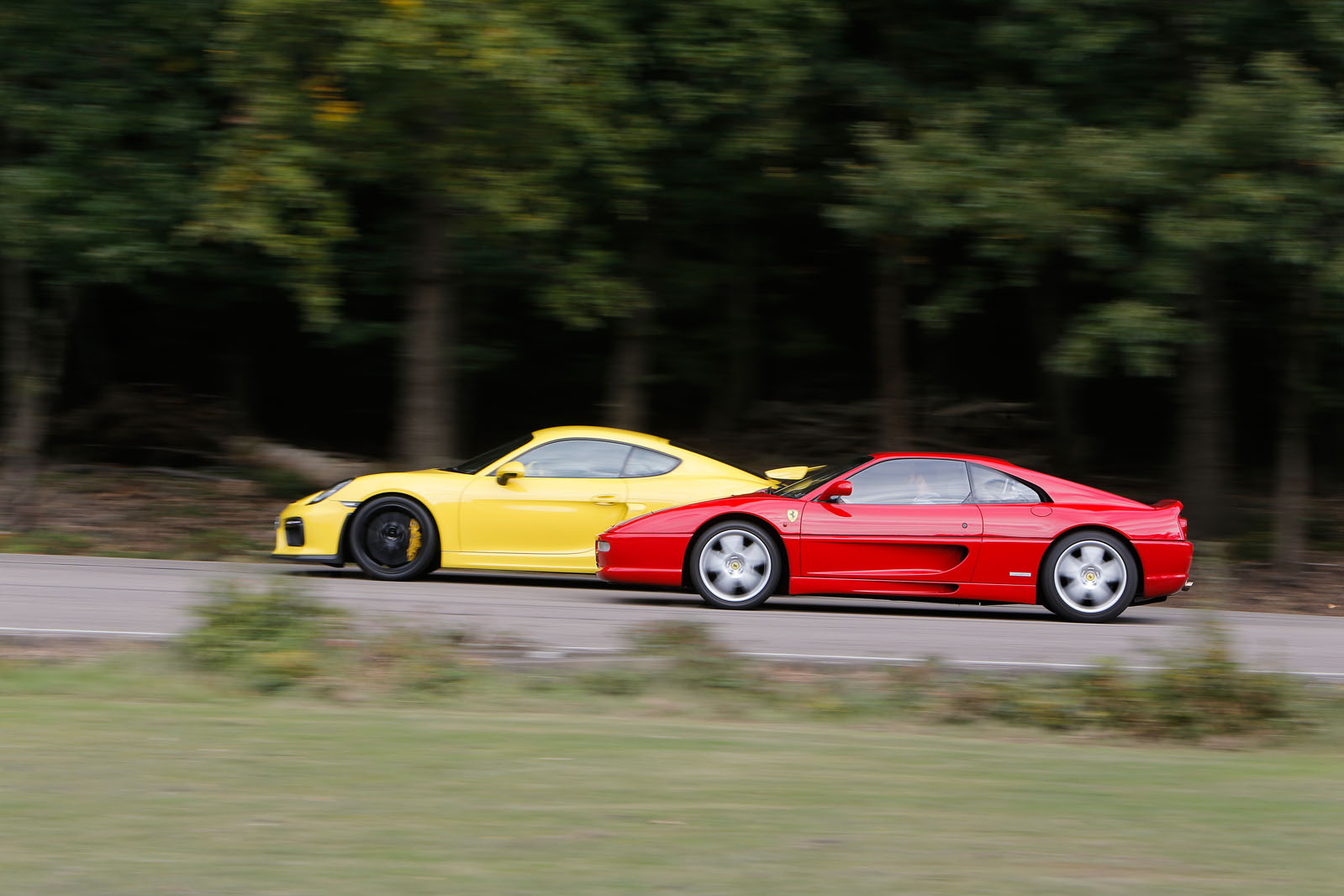






Join the debate
Add your comment
.
Kit car looks? Nonsence!
In perspective
The NSX tyre consumption is a small price to pay for to its peerless engineering and renowned dependability.
In perspective
The NSX tyre consumption is a small price to pay for to its peerless engineering and renowned dependability.
In perspective
The NSX tyre consumption is a small price to pay for to its peerless engineering and renowned dependability.
Some perspective
NSX tyre consumption is a small price to pay for to its peerless engineering and renowned dependability.
Ah the 355. You can keep the
Idiotic Rationing
The comments on the throttle are pointless. It's an 18/20 year old car and how the mechanical throttle feels will depend on how well it's been maintained. Certainly, mine has none of the problems described here.
The truth is that because of Porsche rationing supply, there will be fewer GT4s on the road than there are F355s (ignoring those which have already died in one way or another). I do not begin to understand it and I think magazines should boycott cars which are not in free supply.